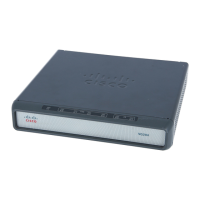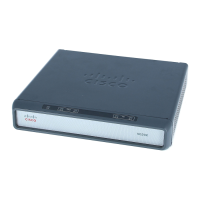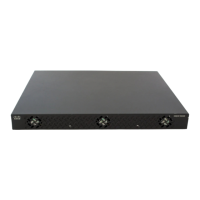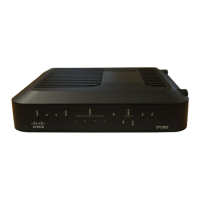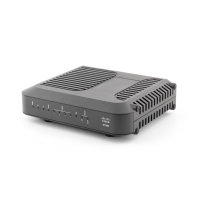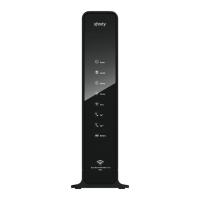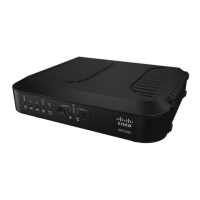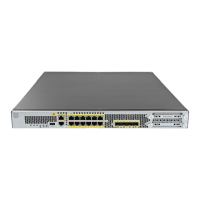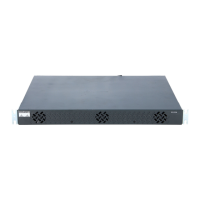Configuring ISG Access for IP Subscriber Sessions
How to Configure ISG for IP Subscriber Sessions
20
DETAILED STEPS
Configuring IP Session Recovery for DHCP-Initiated IP Sessions
Perform this task to configure ISG to perform specific actions upon recovery of an IP session after ISG
has terminated the session or reloaded. This task applies to DHCP-initiated IP sessions only.
If a policy for session recovery is not configured, ISG will apply the following default policy:
policy-map type control GLOBAL
class type control always event session-restart
1 service disconnect delay 60
Command or Action Purpose
Step 1
enable
Example:
Router> enable
Enables privileged EXEC mode.
• Enter your password if prompted.
Step 2
configure terminal
Example:
Router# configure terminal
Enters global configuration mode.
Step 3
interface type number
Example:
Router(config)# interface gigabitethernet 0/0/0
Specifies an interface and enters interface configuration
mode.
Step 4
ip subscriber routed
Example:
Router(config-if)# ip subscriber routed
Specifies the type of IP subscriber to be hosted on the
interface, and enters ISG IP subscriber configuration mode.
Step 5
initiator unclassified ip-address
Example:
Router(config-subscriber)# initiator
unclassified ip-address
Configures ISG to create an IP subscriber session upon
receipt of an IP packet with an unclassified IP source
address.
Step 6
end
Example:
Router(config-subscriber)# end
(Optional) Returns to privileged EXEC mode.
Step 7
Add the Framed-IP-Netmask attribute to the service or
user profile.
Enables an IP subnet session for the subscriber.
• When a subscriber is authorized or authenticated and
the Framed-IP-Netmask attribute is present in the user
or service profile, ISG converts the source-IP-based
session into a subnet session with the subnet value in
the Framed-IP-Netmask attribute.
